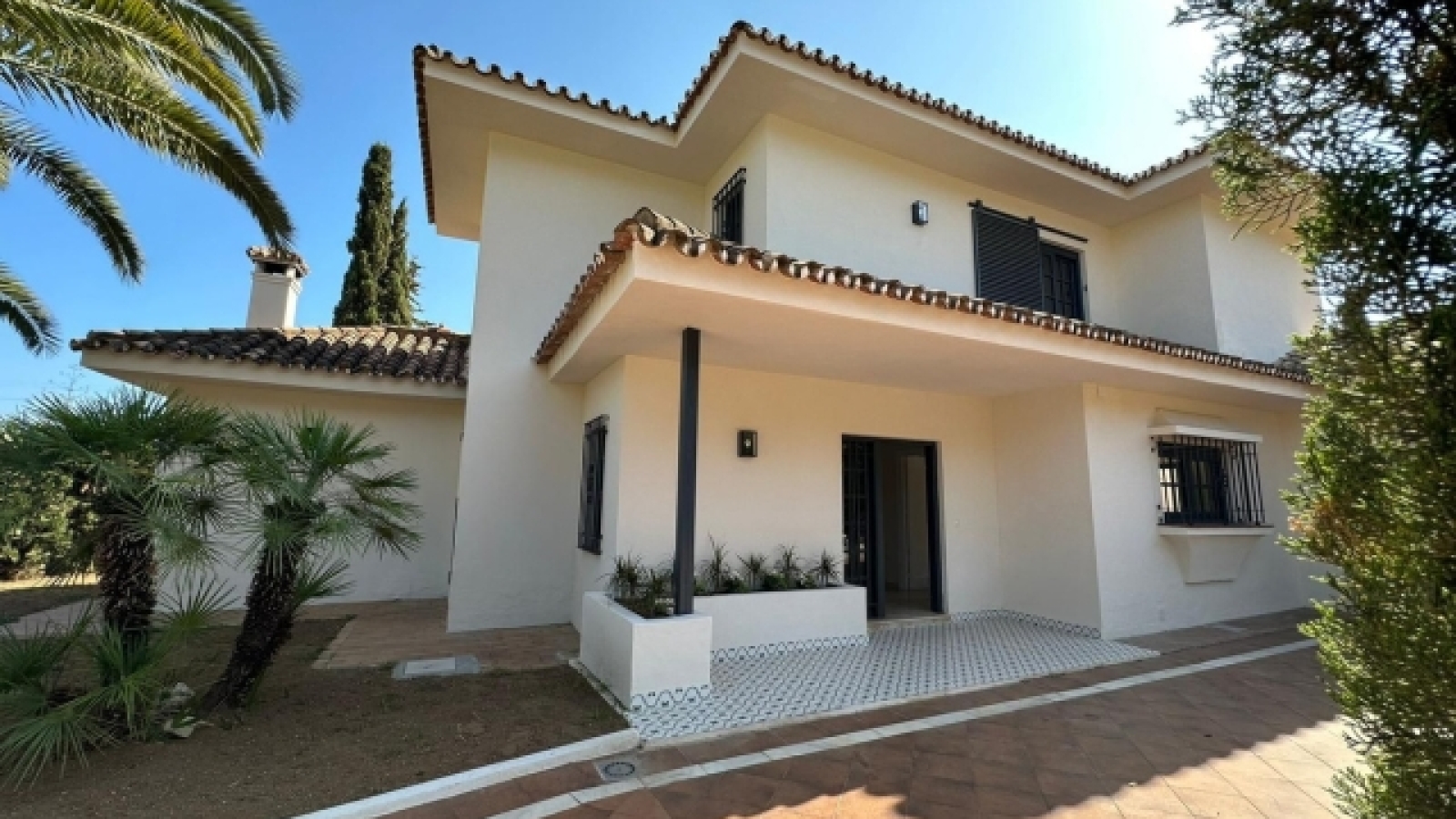The price of used housing rises 2.4% in the second quarter.
By July 19, 2023 3 min read
The price of used housing (resale) in Spain registers a rise of 2.4% during the second quarter of the year. This increase leaves the square meter at 1,990 euros according to the latest price index. Considering the annual variation, prices have increased by 7.6% in the last 12 months.
Although it may seem strange that prices continue to rise at a time of falling sales, there is a simple explanation: the reduction in the number of operations is directly related to the disappearance of the stock and not so much to the uncertainty or the cost of financing. In recent years, in which homes have hardly been built in Spain, the closure of operations was mostly based on new housing, but this market is already showing signs of exhaustion and the mismatch between demand and supply is growing gradually. Furthermore, the deficit is aggravated by the unsatisfied demand that Spain has accumulated in recent years, which the Bank of Spain estimated at around 500,000 homes.
Despite the rise in the Euribor, the market continues to rely on this large pool of demand that continues to be solvent and does not have an excessive need for financing, in addition to strong foreign interest and an increase in the number of households. For this reason, it would not be surprising if, during the coming months, prices continue to rise in a general way and with special pressure in Madrid, the archipelagos, and the Mediterranean coast”.
Four cities set all-time highs.
Except for the slight fall in Bilbao, the large markets saw how the expectations of sellers increased. In Palma, they registered a rise of 7.2%, while in Malaga the increase was 5.3%, 4.9% in Valencia and Alicante, 2% in Madrid and 1.7% in Barcelona.
Four cities set all-time highs at the end of June: Palma, Pamplona, Málaga and Madrid.
San Sebastián is the most expensive Spanish capital (5,191 euros/m2), followed by Barcelona (4,131 euros/m2), Madrid (4,015 euros/m2), Palma (3,787 euros/m2) and Bilbao (3,171 euros/m2). In the opposite part of the table, we find Zamora, the cheapest capital, with a price of 1,114 euros/m2.
The Balearic Islands continues to be the most expensive autonomy in Spain.
During the second quarter of the year, prices have grown in all the autonomous communities. The biggest increases were registered in the Balearic Islands, where the owners increased their expectations by 5.5%. In Navarra, the increase is 4.7% while in the Valencian Community it is 4.1% and in the Canary Islands 3.6%. In Catalonia, they increase by 1.5%, while in Madrid they do so by 1%.
The Balearic Islands continues to be the most expensive autonomous region, with 3,954 euros/m2. It is followed by Madrid (3,142 euros/m2 and also at maximums). In third position is Euskadi (2,814 euros/m2), followed by Catalonia (2,362 euros/m2). On the opposite side of the table, we find Castilla-La Mancha (901 euros/m2), Extremadura (954 euros/m2) and Castilla y León (1,156 euros/m2), as the cheapest communities.
In most provinces the prices of houses for sale rise
13 provinces have experienced price drops during the second quarter of the year. The highest occurred in Ourense (-1.7%). In Salamanca and Cáceres, prices have fallen by 1.5%, while the decrease has been 1.2% in Segovia, 1.1% in Ciudad Real and 1% in Zamora. On the other hand, the highest increase was in the Balearic Islands brand, with an increase of 5.5%. They are followed by Santa Cruz de Tenerife (4.8%), Navarra (4.7%) and Alicante (4.4%). In Madrid, prices increased by 1% and in the province of Barcelona the price increased by 0, 6%
The ranking of the most expensive provinces is led by the Balearic Islands, with 3,954 euros/m2, followed by Guipúzcoa (3,394 euros/m2). Behind them are Madrid (3,142 euros/m2), Málaga (2,949 euros/m2), Vizcaya (2,728 euros/m2) and Barcelona (2,695 euros/m2). Ciudad Real is the cheapest province (750 euros/m2), followed by Cuenca (786 euros/m2) and Jaén (825 euros/m2).